Trying to find a successful way to keep cats from using your plant beds and gardens as a litter box can be quite frustrating. I’ve been in the same boat. No matter what effort I made to deter neighborhood cats from getting into the plant and flower beds, nothing seemed to work for the long term.
Mulching the area seems to help, but they still find a spot where they like to do their business! Their favorite place in my yard is right next to the house. It must offer some sort of protective barrier for them.
Mostly I have tried deterrents of the homemade variety, such as mothballs or orange peels. These seemed to work for a while, but I really wanted something that kept them out of the plant beds once and for all. After all, it was creating an unpleasant area where you wouldn’t want toys, frisbees, and balls to land.
An idea came to me that was worth a try. I thought that if the cat’s behavior was interrupted by a physical barrier, it would make it difficult for the cat to scratch at the ground like they do in a litter box.
To create this barrier, I used small tree branches and twigs. Really, in the beginning, whatever small branches I could find in the yard. I laid the branches on the ground in the problem areas, and any potential problem areas. This has really seemed to work well.
Refining the Solution
One day, while at our Mom’s, I noticed small branches and twigs laying on the grass under the birch tree in her yard and thought that they were an even more perfect shape for creating a cat barrier than the random branches I had been using.

Birch Twigs
The birch twigs worked better for me for the follow reasons:
- birch branching is typically long and slender (keeping it closer to the ground), and has an intricate branching pattern
- the color of the branches are a dark brown which blends great with the dark brown color of the mulch (makes the branches inconspicuous)
- low maintenance solution, and when layering the branches on the ground they have stayed put. Layering is a good idea to add bulk and a more complex barrier so that the cat cannot move the branches around with their paws

It is easy to see how well the birch twigs blend with the mulch
Other Uses
Birch twigs or branches, or any type of tree branch with a tight branching pattern, would make a good barrier for window boxes, planters, and vegetable gardens, too. Some good points for these uses are:
- using twigs/branches allows water and sunlight to reach bedding plants
- eliminates the use of chemical deterrents
If you are frustrated by cat problems of this nature, this solution is worth a try. It has been working well for me. Where to find birch twigs and branches? They are very easy to come by – there always seems to be a number of them under, or near by, a birch tree. If you don’t own a birch, ask family, friends, and neighbors who do, to save them for you.




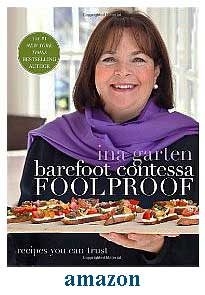



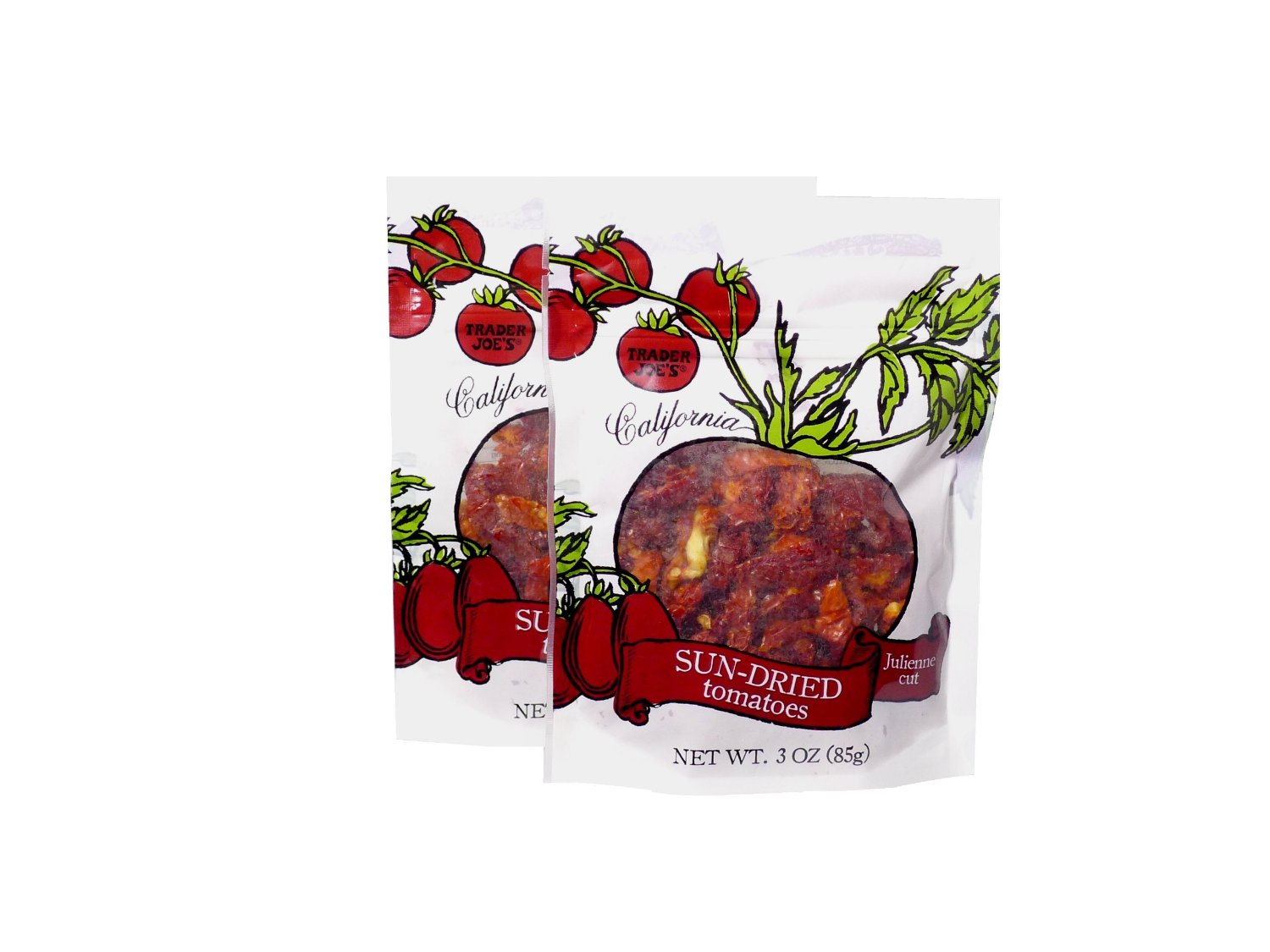
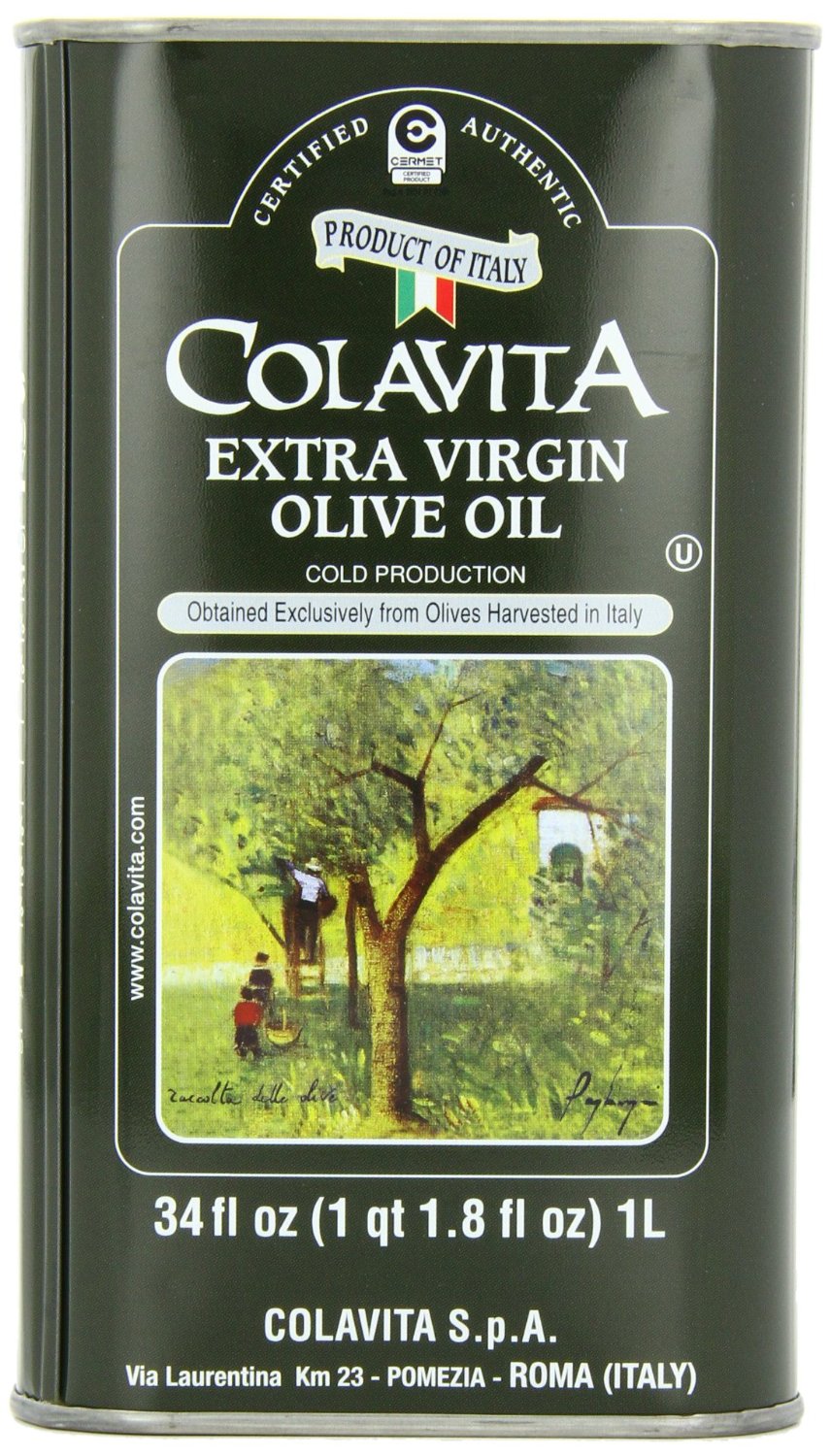


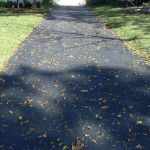


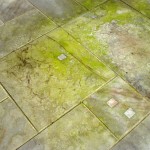


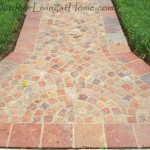



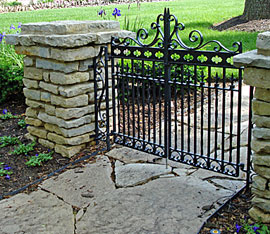
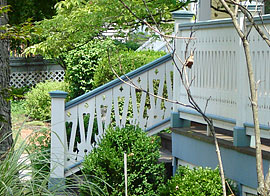
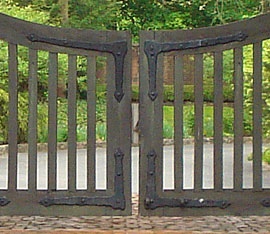
Great idea. Actually any branch works for me with 2 cats. Especially rose trimmings, although I have to keep a few bandages in my pocket!. I think they smell the bags of manure I put in my raised beds every year. “Oh, good! Mom’s made us our own potty!”
Wonder if that would work for dogs? As I have one that love to lay in the dirt,she digs a bit ,too.
Thanks for sharing this attractive idea. So much prettier than the chicken wire I was using to keep the neighbor’s kitty from digging in my flower bed!!!
I will certainly try this. I have alot of outdoor (feral) cats that I take care of. They love to curl up in my planters on my deck in addition to using my shade garden for the litter box. I want to replace the plants on my deck but not before I had a solution to the problem. Thanks so much!